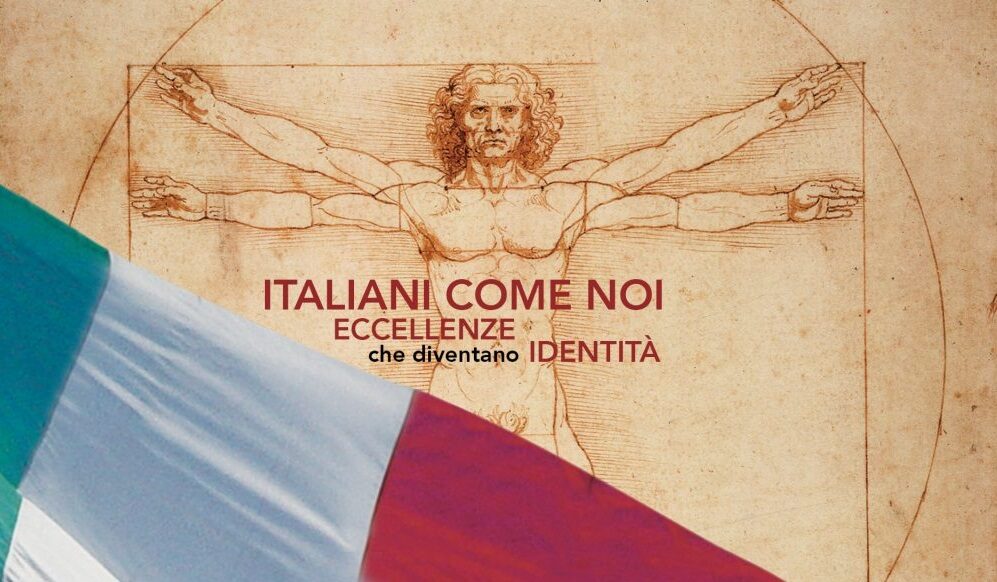La denominazione moderna di “violino” apparve per la prima volta nel 1577. Tantissimi si contendono l’invenzione di questo strumento, ma oggi la tesi più accreditata è che il primo costruttore sia stato il liutaio bresciano Gasparo Bertolotti. Il periodo finale del Barocco è considerato l’età dell’oro del violino, così come Cremona, tra la seconda metà del Seicento e la prima metà del Settecento, fu il centro di una fervente attività, con numerose botteghe di liutai.
Ma il più grande liutaio della storia fu indubbiamente Antonio Stradivari, che, poi aiutato dai figli Francesco ed Omobono e successivamente dall’allievo Carlo Bergonzi, costruì la maggioranza degli strumenti pervenutici: pezzi irraggiungibili per bellezza, prontezza e nitore del suono, dalle misure e proporzioni perfette.
FROM CREMONA THE VIOLIN…
The modern name of ‘violin’ appeared for the first time in 1577. The invention of this instrument has been attributed to many personalities; at present, the most accredited theory states that the first constructor of a violin was the luthier of Brescia Gasparo Bertolotti. The late Baroque period is considered the golden age of violin, and Cremona between the second half of the 17th Century and the first half of the 18th Century was a very important center for its production with many luthier’s workshops.
Nevertheless, the greatest luthier of all time was without doubt Antonio Stradivari, who together with his sons Francesco and Omobono and later with his pupil Carlo Bergonzi built most of the instruments that are still preserved: instruments which are extraordinary for their beauty, readiness and clarity of sound, with perfect sizes and proportions.

